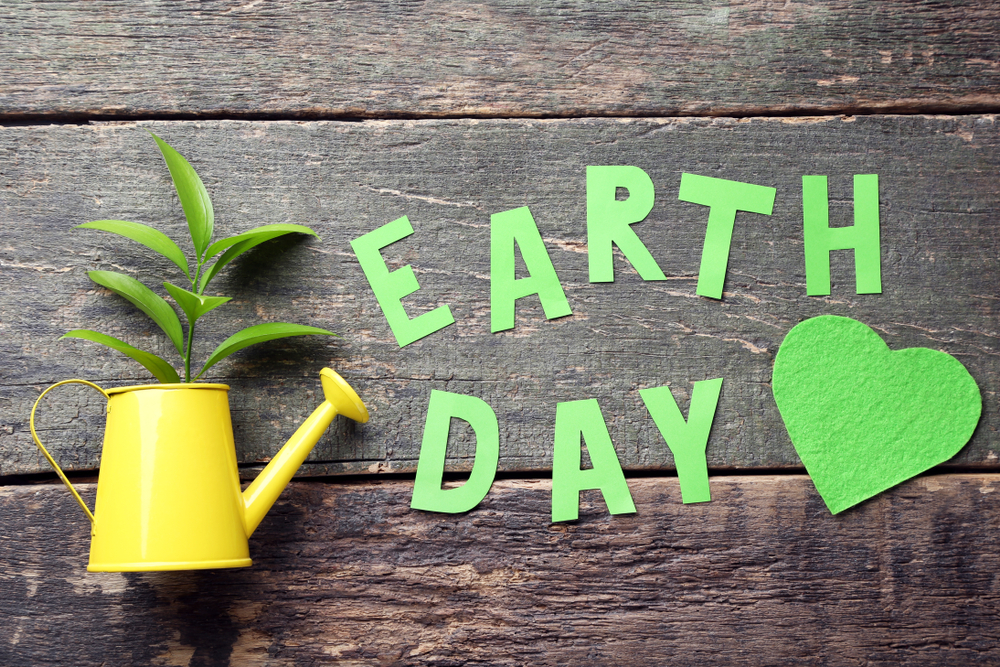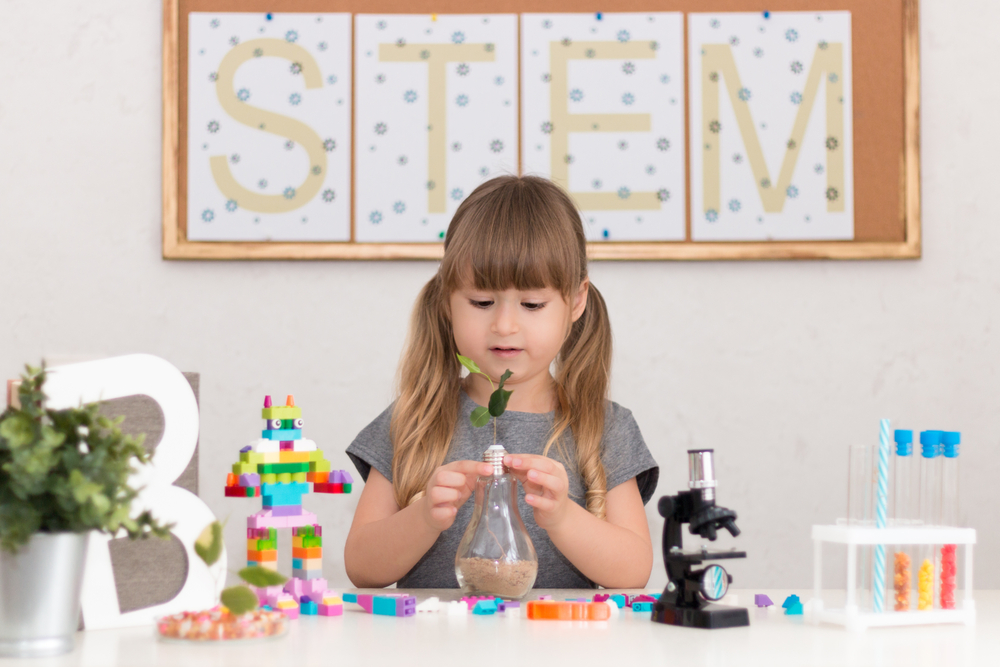Cognitive Development Normal Plants and Animals Worksheets for Ages 4-7
7 filtered results
-
From - To
Explore our engaging Cognitive Development Worksheets focused on plants and animals, designed specifically for children aged 4-7. These printable resources aim to spark curiosity and enhance understanding of the natural world around them. Each worksheet encourages critical thinking skills through fun activities that involve identifying plant and animal characteristics, categorizing, and connecting concepts. Perfect for use at home or in the classroom, these worksheets not only promote cognitive growth but also teach young learners about biodiversity and ecosystems. Immerse your child in these interactive learning experiences that make science enjoyable while fostering a love for nature!
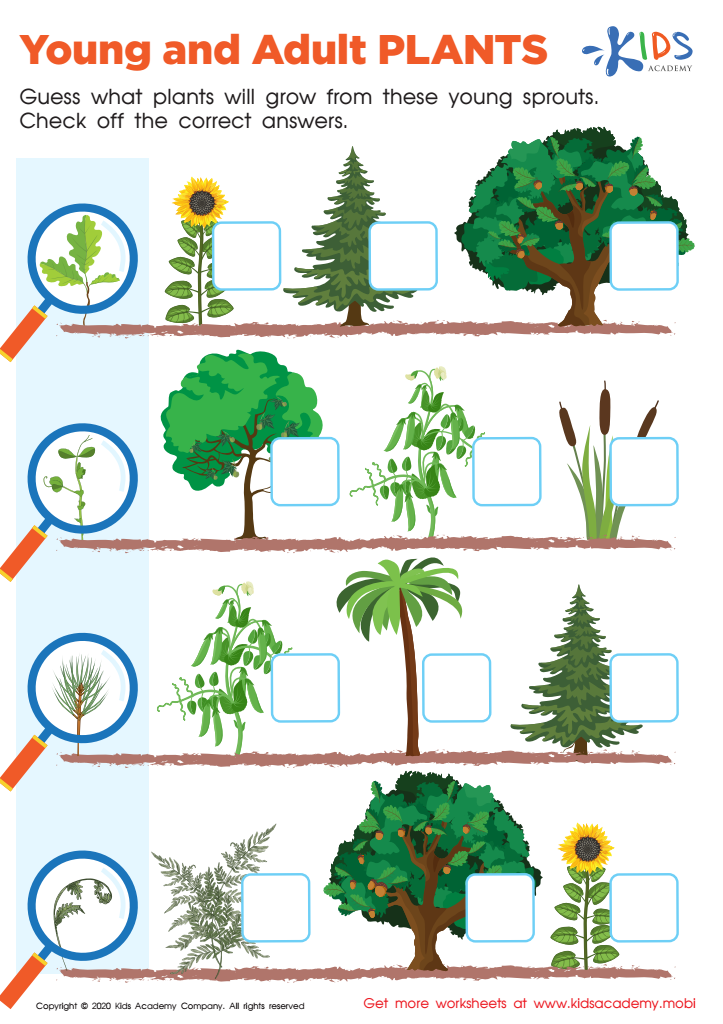

Young and Adult Plants Worksheet
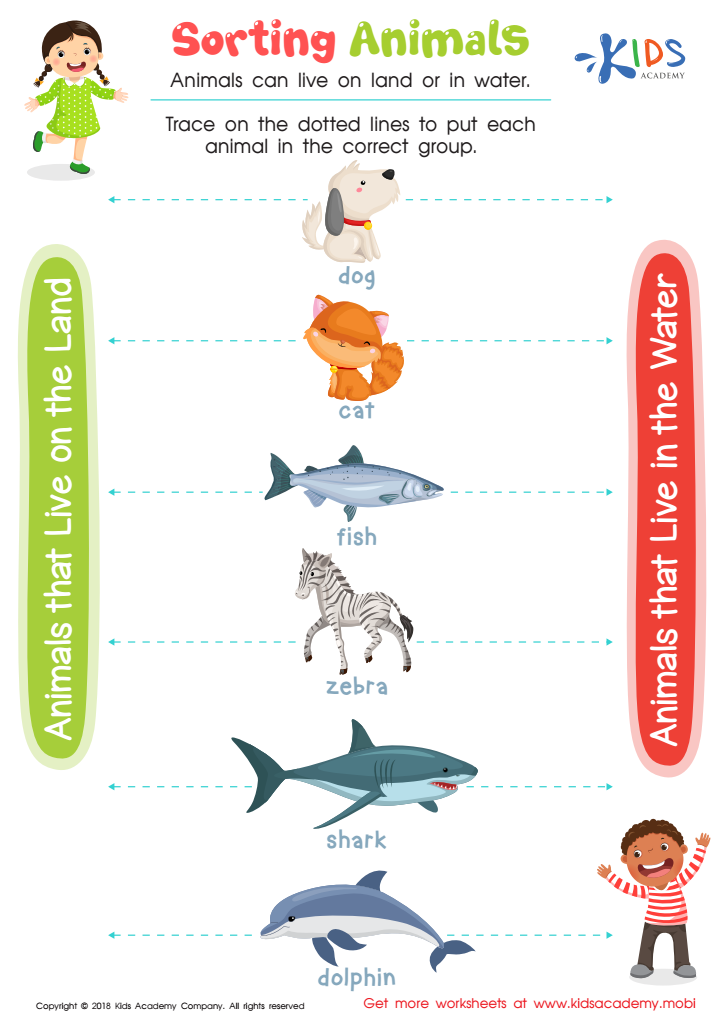

Sorting Animals Worksheet
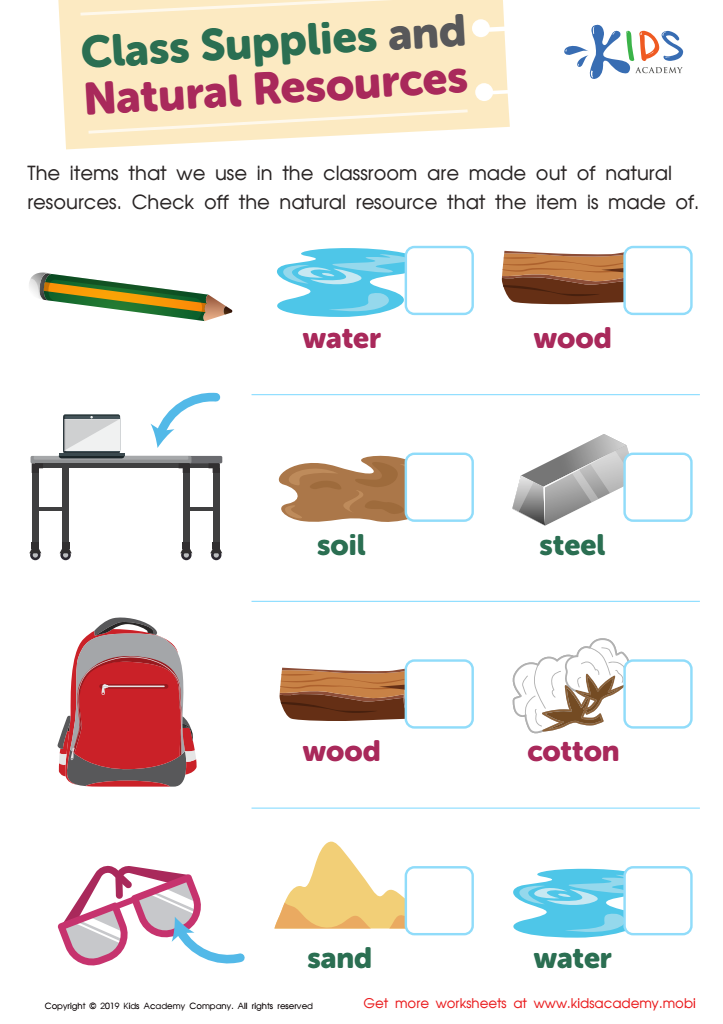

Class Supplies and Natural Resources Worksheet
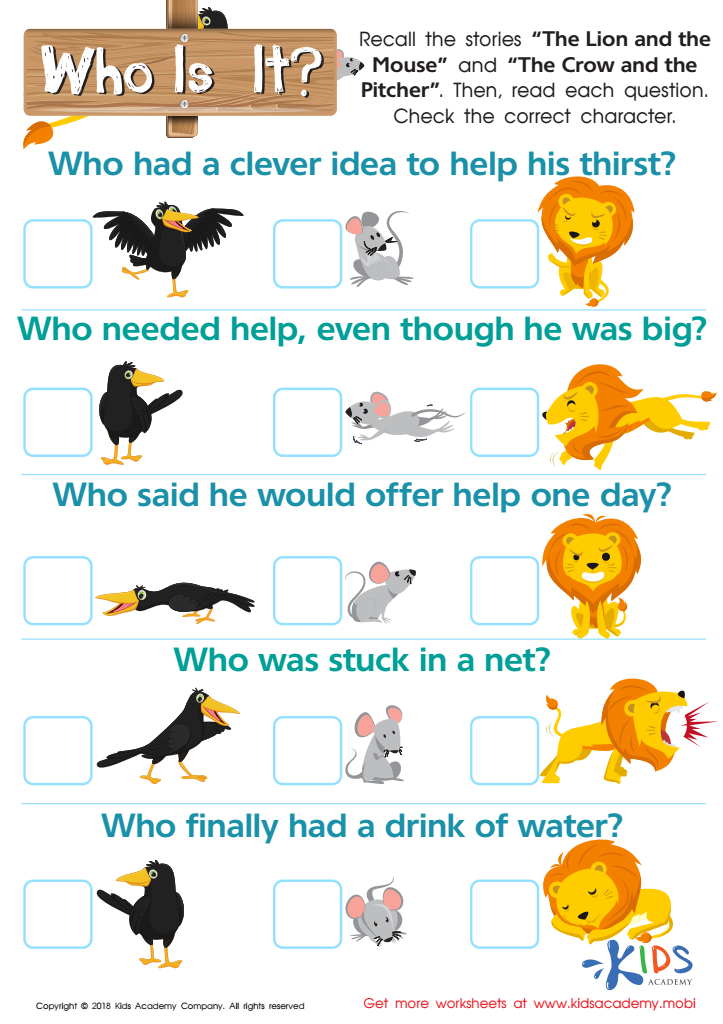

Who Is It? Worksheet
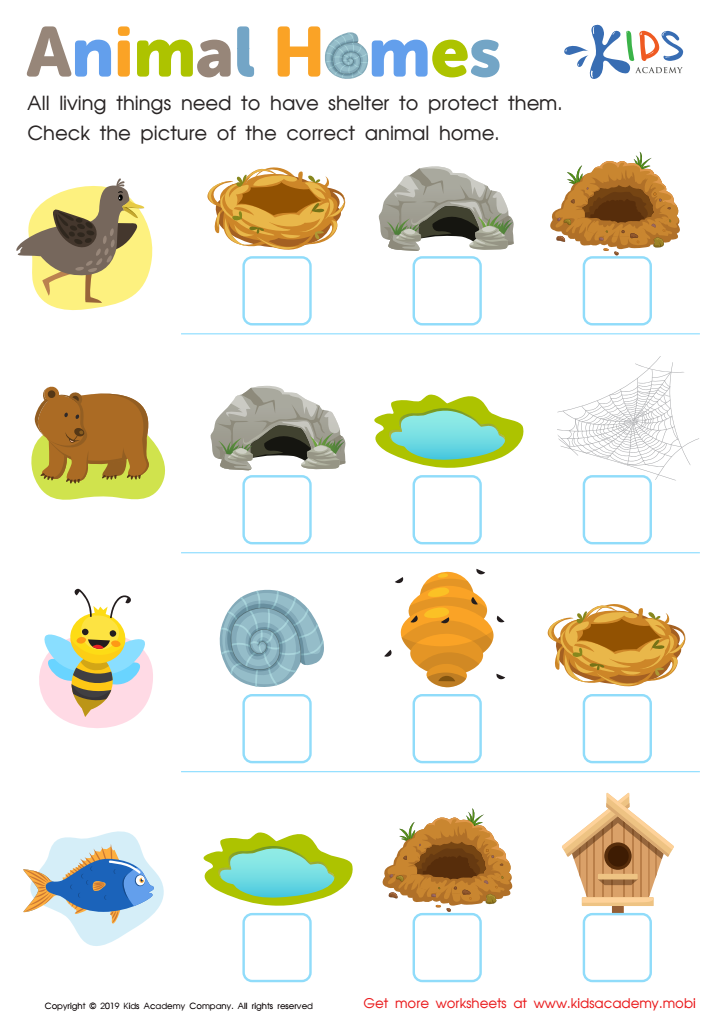

Animal Homes Worksheet
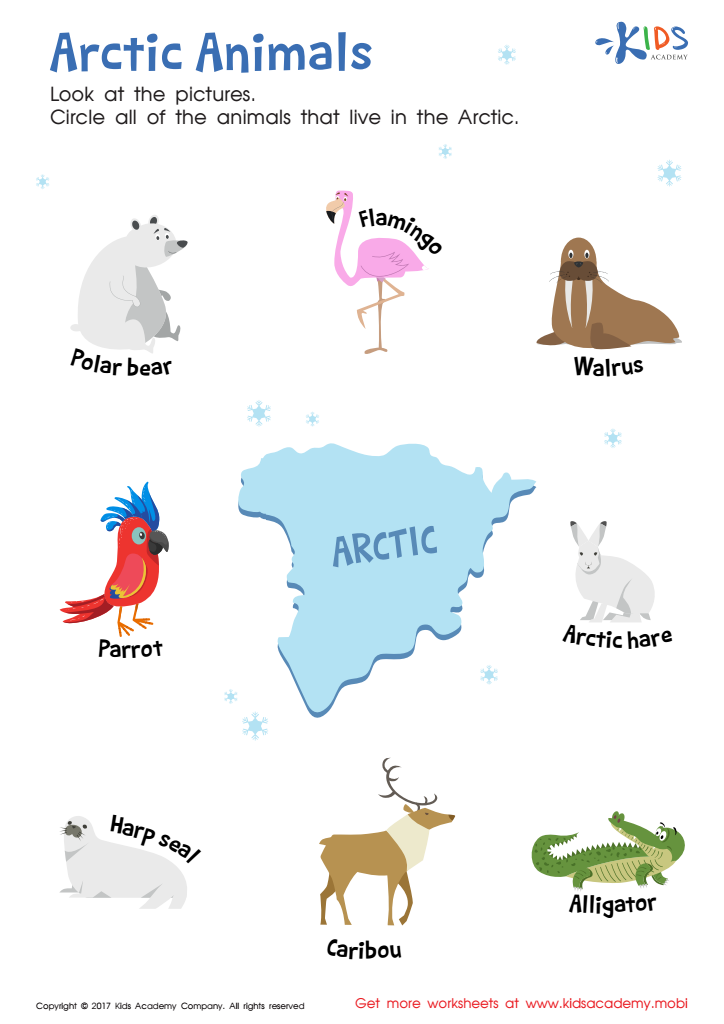

Arctic Animals Worksheet
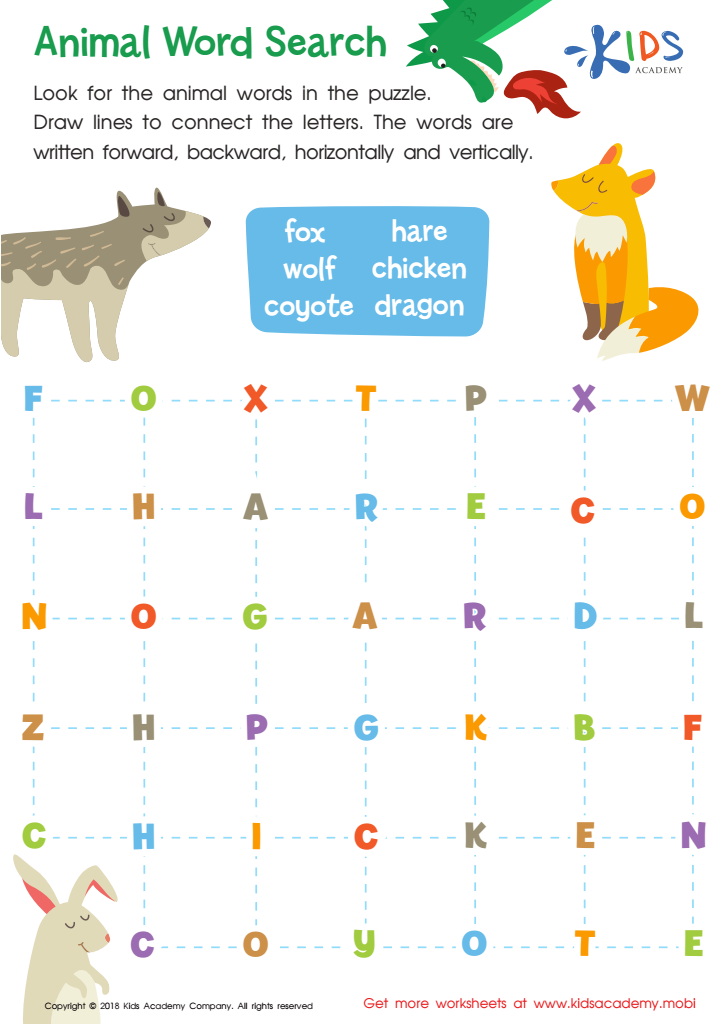

Animal Word Search Worksheet
Cognitive development in children ages 4-7 is a crucial phase where their understanding of the world, including normal plants and animals, begins to shape. During this period, children are naturally curious and actively seek to explore their environment. Parents and teachers should care about this developmental aspect for several reasons.
Firstly, introducing children to normal plants and animals enhances their awareness of biodiversity and fosters a connection with nature. This knowledge cultivates a sense of responsibility towards the environment, promoting conservation and ecological awareness from a young age.
Secondly, learning about plants and animals enriches vocabulary and fine-tunes critical thinking skills. Engaging with topics like habitats, life cycles, and food chains encourages children to ask questions and develop reasoning abilities, which are foundational for lifelong learning.
Thirdly, such knowledge promotes social skills as children often discuss what they learn and engage in collaborative activities like gardening or nature walks. This collaboration helps them develop teamwork and communication skills.
Lastly, integrating cognitive development related to plants and animals into early education supports a holistic approach to learning, where children not only acquire knowledge but also develop emotional intelligence and environmental stewardship.
 Assign to My Students
Assign to My Students



